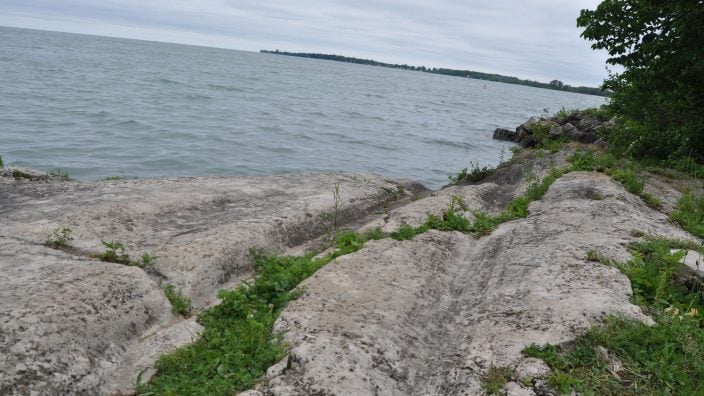Applications for Ohio Farm Bureau Health Plans now available
Members have three ways to apply: contacting a certified agent, calling 833-468-4280 or visiting ohiofarmbureauhealthplans.org.
Read MoreOn this episode of Field Day with Jordan Hoewischer, Dr. Laura Johnson, director of the National Center for Water Quality Research at Heidelberg University, discusses the latest on water monitoring and the effect farming practices have on downstream nutrient loading, including the Lake Erie algal bloom.
According to the final assessment from the National Atmospheric and Oceanic Administration, the bloom was much less severe than in 2019, which had a severity of 7.3. This forecast uses an ensemble of different models, which consider phosphorus loading into the lake during the spring and early summer.
Despite a 2020 forecast of 4.5 severity, the harmful algal bloom on Lake Erie clocked in at a relatively mild 3 on the severity index.
“One of the models correctly forecast the severity; other models over-estimated the severity by different amounts,” NOAA said in the final report of the year. “(We) will be examining these differences in comparison with forecasts for previous years to evaluate the models.”
This marks the lowest actual bloom since 2012 and even though this summer’s bloom forecast was overshot, mainly due to a lack of rainfall, there were some helpful takeaways for researchers. For instance, Johnson found that when comparing this year with 2019, when too much rain meant very little nutrients were applied to farm fields in northwest Ohio, one metric stood out.
“2020 was an interesting year because we didn’t have a huge dissolved phosphorus load but the load is where we would have expected it to be based off of how much flow we had,” Johnson said on Ohio Farm Bureau’s Field Day with Jordan Hoewischer podcast. “The dissolved phosphorus number bounced right back this year (compared to 2019) which sort of helps this idea that within one year we can have a big reduction of phosphorus application and then if we apply phosphorus normally the next, the dissolved phosphorus goes back to previous levels.”
Even as the bloom didn’t develop as projected, programs to assist farmers with best management practices for water quality and soil health have continued. H2Ohio, which has already signed up over 1 million acres of farmland in the Maumee River Watershed, just received a second year of funding to help farmers establish nutrient management plans to better understand the needs of their farms from a nutrient standpoint.
Field Day with Jordan Hoewischer is an ongoing series of conversations with experts and leaders who are helping to shape and secure the future of Ohio’s ag industry for generations to come.


Members have three ways to apply: contacting a certified agent, calling 833-468-4280 or visiting ohiofarmbureauhealthplans.org.
Read More

One of the best decisions Shannon and Heather Utter made a few years ago was looking into a Farm Bureau member benefit that has ended up saving them thousands of dollars on their energy bills.
Read More

Ryan Hiser has experienced first-hand the importance of having the opportunity to vote on issues that will affect his family operation and other farmers.
Read More

Bill Patterson, Cy Prettyman and Adele Flynn will continue to serve as officers for Ohio Farm Bureau Federation.
Read More

Delegates discussed many topics impacting agriculture including farmland preservation, local foods, and succession planning.
Read More

Twenty-six farmers govern the state’s largest farm and food organization.
Read More

The 2025 recipients are Fred Cooke (posthumous) of Richland County, Marvin Dietsch of Williams County, Steven Knollman of Hamilton County and Michele Miller (posthumous) of Ottawa County.
Read More

Nathan and Jill Parriman grow seasonal crops, including Christmas trees, pumpkins and cut flowers, providing U-cut experiences that invite customers to engage directly with agriculture.
Read More

The 2025 Distinguished Service Award recipients are Craig Adams, Mike Townsley, and Kellogg Farms, Kurt Farms and Stateler Family Farms.
Read More

Ohio Farm Bureau Treasurer Adele Flynn participated in the meeting, representing Ohio farmers.
Read More